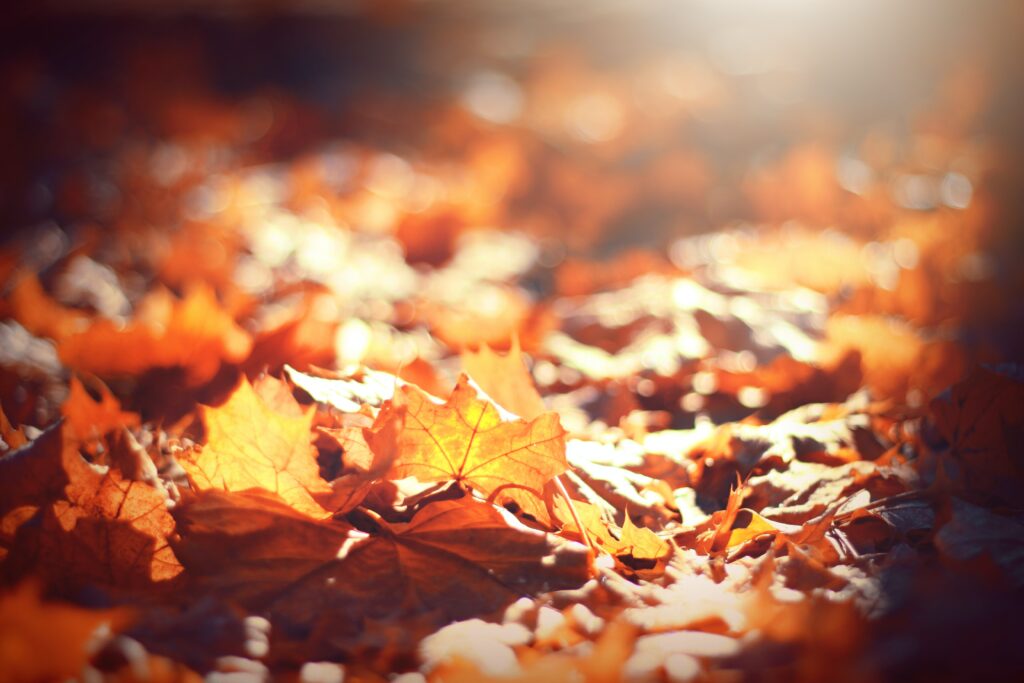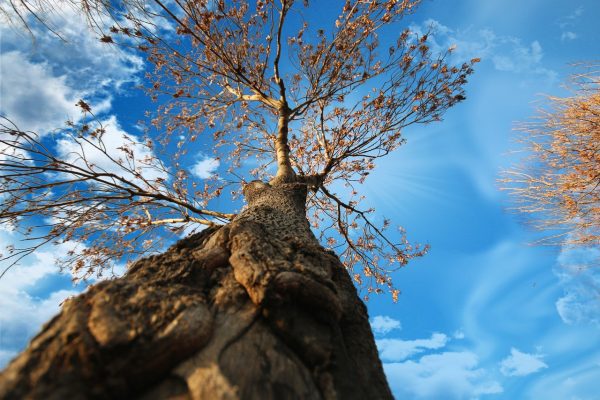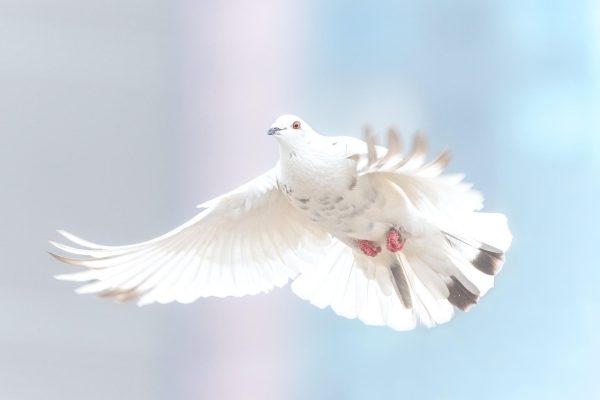Fast Facts
Heshvan is the eighth of the twelve months of the Jewish calendar.
Heshvan comes at the same time as the secular months of October/November. Pumpkins, squash, and gourds have arrived, reminding us of the cycle of planting and harvesting. Nature begins to hibernate, and mirroring this process, we too slow down and turn inward.
The mazal (constellation) for Heshvan is Scorpio, akrav (the scorpion).
Features
Heshvan is often referred to as mar Heshvan, “bitter” Heshvan, because the month contains no holy days, and because it often coincides with the arrival of colder weather. “Mar” can also mean a drop of water. According to a midrash (a story that interprets the Torah), more rain falls in “watery Heshvan” since it marks the beginning of the great flood during the time of Noah. We can also think of Heshvan as a quiet time to reap the benefits of the spiritual growth of the preceding month of Tishrei.
Fabulous Females of Heshvan
Heshvan contains the yahrzeits (annual commemoration of a person’s death) of many important women in Jewish history including:
Rachel Imeynu (our foremother) who, along with her sister Leah and their handmaidens Bilhah and Zilpah, gave birth to the twelve sons who were to become the fathers of the twelve tribes of Israel. Deeply loved by her husband Jacob, Rachel, like her son Joseph, is celebrated for her remarkable beauty. And like Sarah, Rachel was barren for many years. Ultimately she accomplished her goal of childbearing through her courage and persistence. Sadly, Rachel died in childbirth with her second son, Benjamin.
Tradition teaches that Rachel died on the 11th of Heshvan and that she is buried in Kever Rachel (Rachel’s tomb), outside of Bethlehem, where she is said to weep for all of us, her children. In some communities women make pilgrimages to Rachel’s tomb and say special prayers for fertility and childbearing.
Our foremother Rachel is remembered for her compassion, perseverance, and devotion.
Poet Emma Lazarus (1849–1887) wrote the famous sonnet welcoming new immigrants to America that is engraved on the Statue of Liberty. Lazarus’s paternal ancestors were among the first twenty-three Jews to settle in New York in 1654. Her yahrzeit is the 19th of Heshvan.
Emma Lazurus teaches us to welcome people from all backgrounds, to help those less fortunate than ourselves, and to pursue our artistic passions.
Author, Zionist, and war hero Hannah Senesh (1921–1944) was born in Hungary and made aliyah (immigrated) to Palestine. Senesh was captured and executed while courageously trying to save Hungarian Jews from the Nazis. Her numerous poems and stories are widely published. Her yahrzeit is the 20th of Heshvan.
Hannah Senesh’s poem Halihah Lekeysaryah became popularized as the lyrics to the beloved song “Eli, Eli.”
Eli, Eli she lo yigamer le’olam
hahol vehayam
rishrush shel hamayim
berak hashamayim
tefilat ha’adam
My God, my God, I pray that these things never end –
the sand and the sea,
the rush of the waters,
the crash of the heavens,
the prayer of the heart.
Hannah Senesh is a model of bravery and righteousness whose allegiance to the Jewish people and Israel surpassed everything else in her life.
Author Anzia Yezierska (1883–1970) wrote novels and short stories that vividly depict immigrant life in New York’s Lower East Side. Her yahrzeit is the 22nd of Heshvan. Perhaps her most famous book, The Breadgivers, takes us inside an early twentieth-century American immigrant Jewish family in which Sarah, the narrator, struggles to find fulfillment through education, work, and love.
Anzia Yezierska teaches us about the power of observation and the joys of storytelling.
Foods
There are no holidays in Heshvan so there aren’t any specific foods associated with the month. We suggest eating local produce of the season such as squash, zucchini, and apples. Zucchini bread, pumpkin seeds, pumpkin pie, apple cider, and apple pie are also great Heshvan treats!
This “Essence” is taken from the Sourcebook for Leaders, written by Rabbi Rachel Gartner and Barbara Berley Melits, for Rosh Hodesh: It’s a Girl Thing! This experiential program was created by Kolot: The Center for Jewish Women’s and Gender Studies to strengthen the Jewish identity and self-esteem of adolescent girls through monthly celebrations of the New Moon festival. The program is now available through Moving Traditions.












